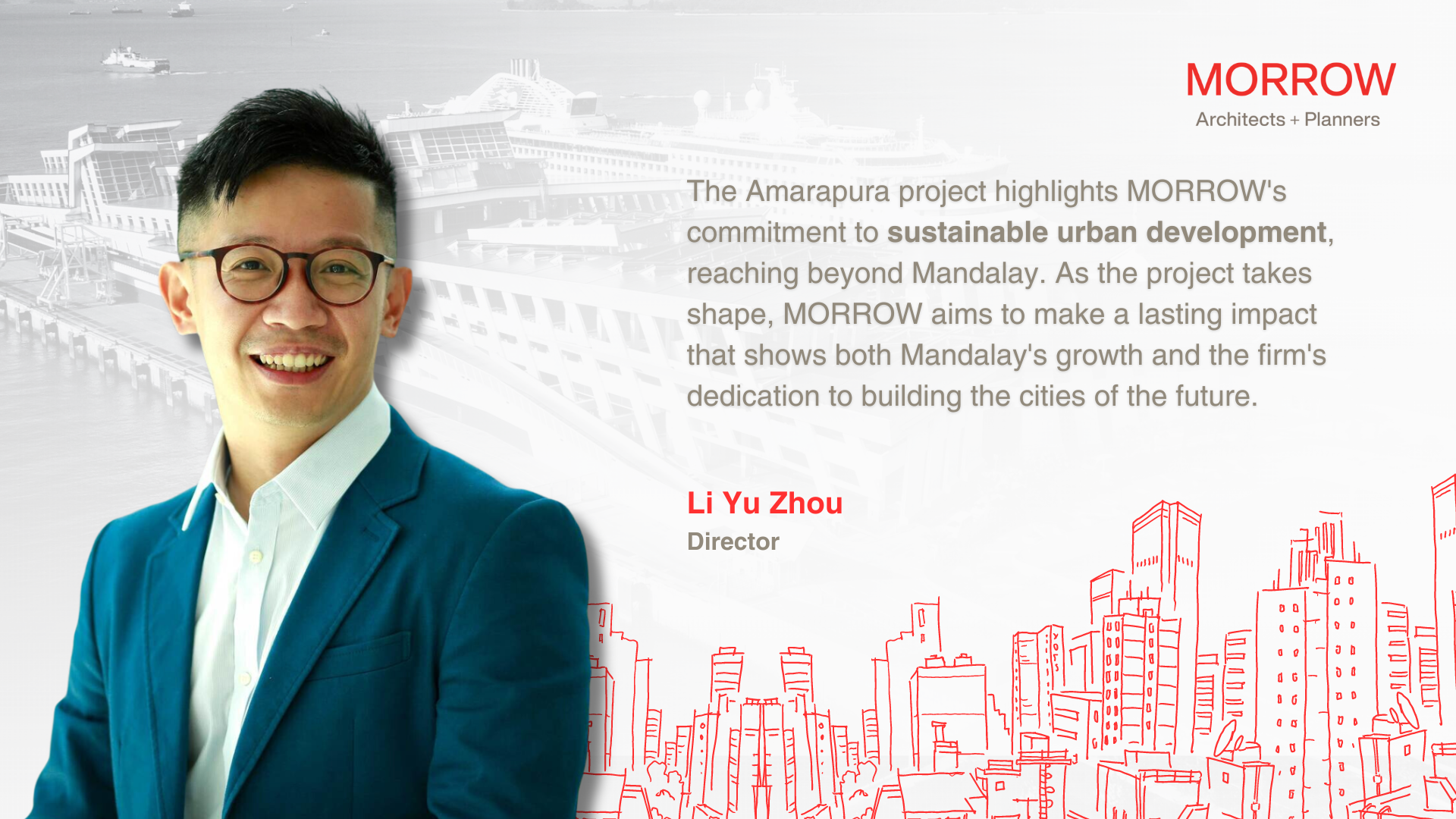Situated in the heart of Myanmar, Mandalay stands as a pivotal city in the nation’s landscape. Among its many facets lies the Amarapura Urban Development project—a strategic endeavour that holds the promise of reshaping the city’s future. As the second-largest city in Myanmar, Mandalay’s growth is inherently linked to its geographical features, with the Irrawaddy River serving as a lifeline for commerce and connectivity.
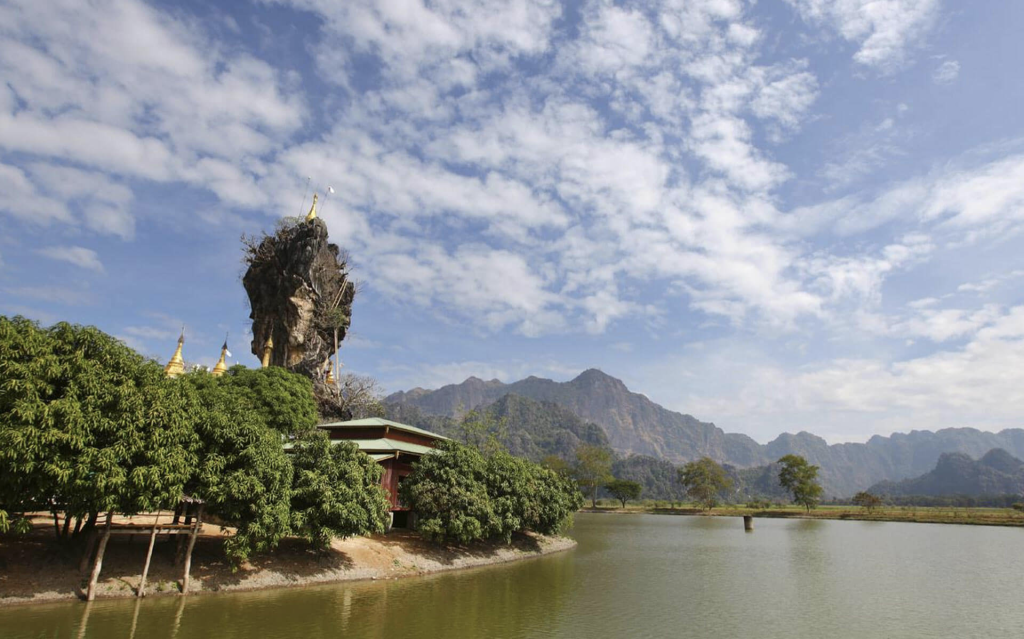
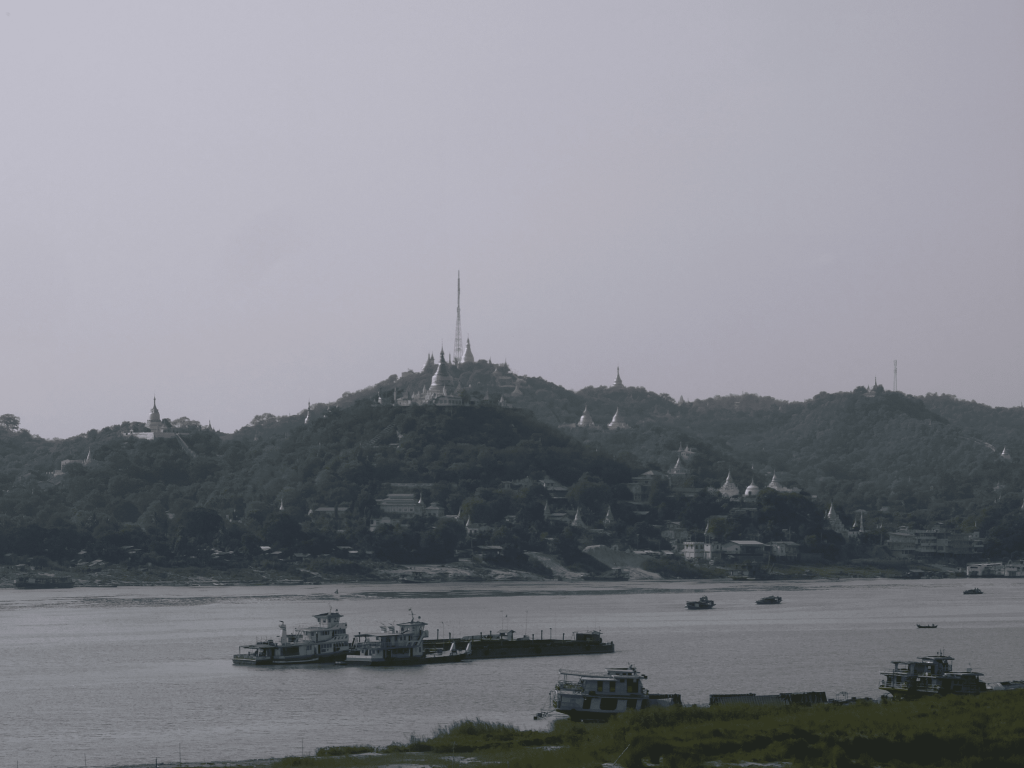
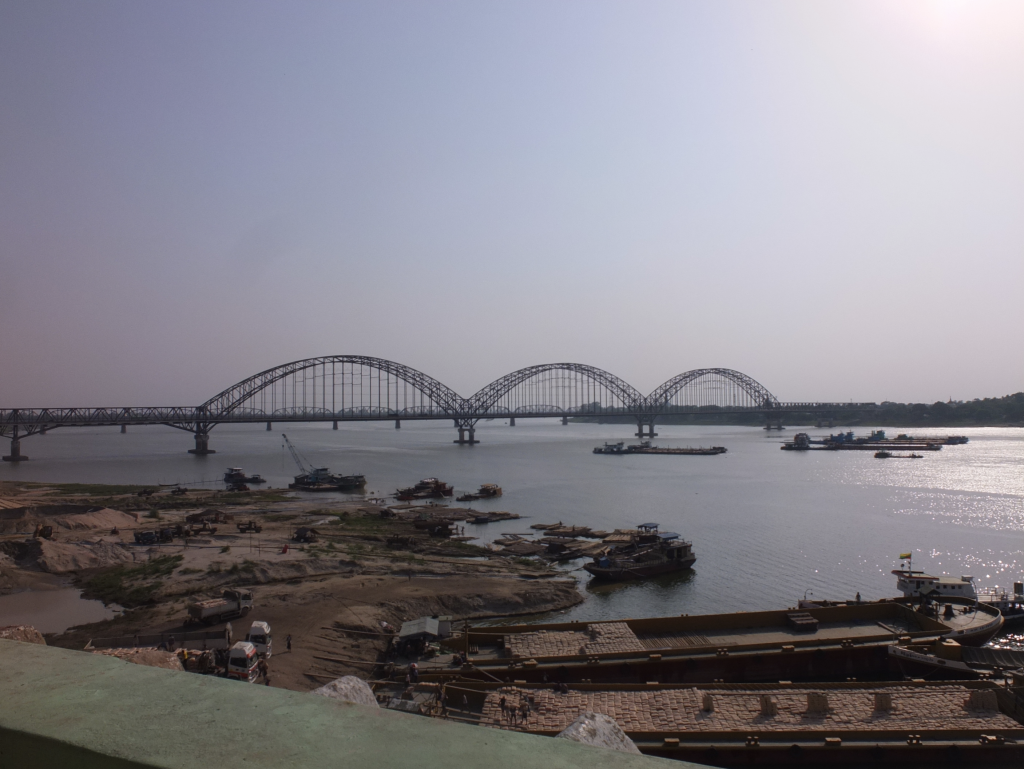
The project encompasses a 10-square-kilometre site along the eastern bank of the Irrawaddy River in Mandalay, initially envisioned for low-density residential use. During periods of heavy rain, villages in Amarapura face flooding risks due to their proximity to the Irrawaddy River. The client, a private developer, was assisting the government with riverbank reclamation. Subsequently, the developer approached MORROW to help determine potential development opportunities on the newly reclaimed land area. However, a reassessment and preliminary research revealed the site’s potential for a more strategic role in Mandalay City’s comprehensive development.
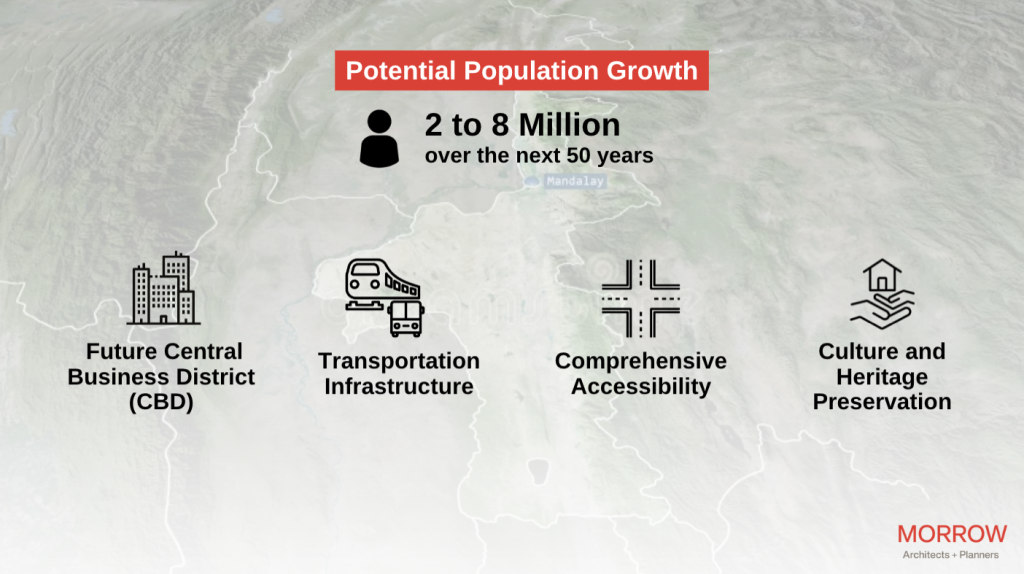
Advocating this shift, MORROW proposed a focus on a strategic spatial plan for Mandalay to evaluate the broader urban development context of the project site. A strategic positioning study indicated a potential population growth to eight million over the next 50 years, leading to an analysis of Greater Mandalay’s urban limits, density, fabric, and environmental factors. The findings positioned the site as a crucial element in the future Central Business District (CBD), highlighting the importance of transportation infrastructure such as expressways and rail transit system, for comprehensive accessibility within the CBD and its surroundings. This perspective laid the foundation for a transformative vision that acknowledges the site’s potential as a future CBD while respecting its rich historical and cultural heritage.
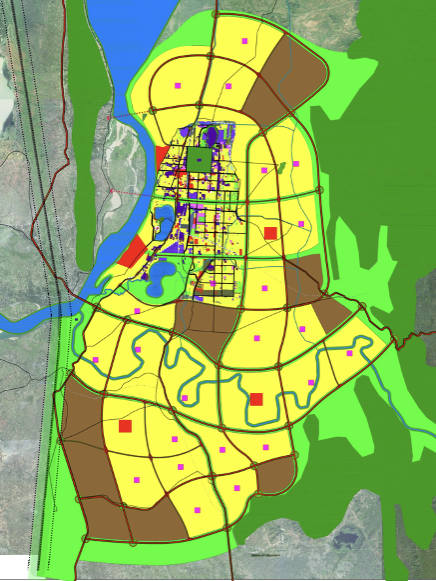
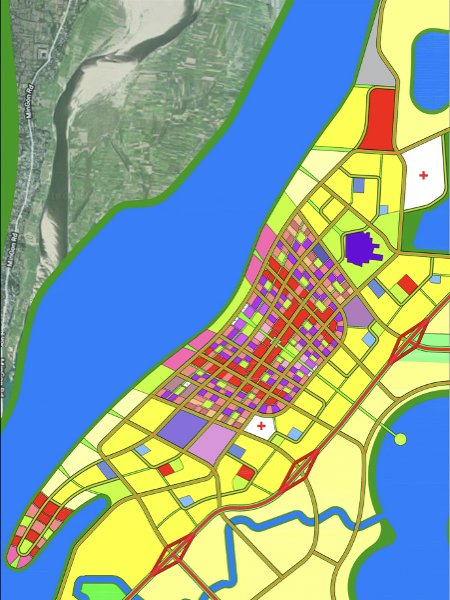
A Detail Plan for Amarapura Urban Development
In formulating the concept plan for the extensive 10 square kilometres site, MORROW’s investigation into Mandalay’s urban morphology led us to draw inspiration from the Mandalay Palace’s Mandala grid layout, rooted in Buddhist influence. Despite the initial lack of an explicit urban design scope, maintaining this grid layout aimed to establish a recognisable connection between the new development and Amarapura’s historical identity. Meticulous consideration was given to existing green and ecological networks, along with Amarapura’s historical and cultural heritage.
Beyond the Mandala grid, the masterplan integrates facets of Amarapura’s ancient capital, preserving and restoring historical buildings within the site. This incorporation safeguards significant structures and applies traditional design principles to shape an urban environment that honours the past while embracing progress. The integration of historical buildings into the new CDB fosters a harmonious blend of old and new, cultivating a distinctive and authentic sense of place.
The Challenges
Throughout the project, there were several challenges, one of which was persuading the client to adopt a different approach from their initial project brief. Stressing the importance of showcasing the best project approach, rather than adhering rigidly to initial client preferences, ensured that we delivered optimal results and leveraged our professional expertise effectively.
Another significant challenge was navigating the distinctive social and cultural context of Mandalay, where Buddhism deeply influences the city’s fabric. In our comprehensive strategic spatial plan for Greater Mandalay, we honoured the existing urban fabric by integrating the Mandala Grid system into our plan. Specifically, within the Amarapura Urban Development project site, we ensured the presence of a grid layout and incorporated stupas into every pocket park within the CBD and residential neighbourhood parks. This approach not only respected the cultural and religious contexts but also contributed to creating a harmonious and aesthetically pleasing urban environment.
Conclusion
The Amarapura project highlights MORROW’s commitment to sustainable urban development, reaching beyond Mandalay. As the project takes shape, MORROW aims to make a lasting impact that shows both Mandalay’s growth and the firm’s dedication to building the cities of the future.
More about the author (Mr Li Yu Zhou) here, and other MORROW Insights articles here. More on the Amarapura project here.

Yu Zhou is a Director at MORROW and the General Manager of MORROW Shanghai. Yu Zhou, who is responsible for MORROW’s international urban planning efforts, has been practising as an urban planner since completing his Masters in Architecture at the National University of Singapore.


